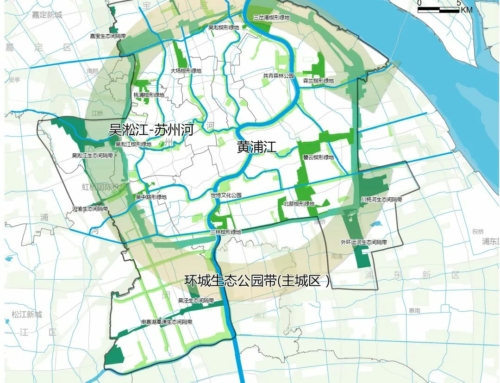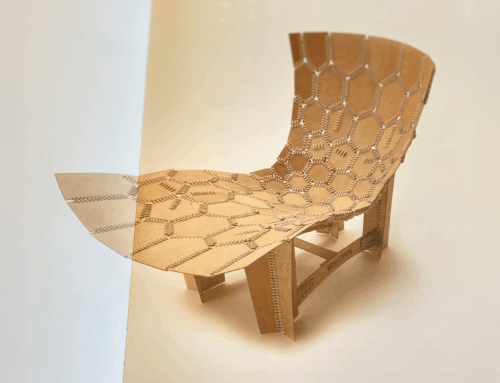Shortly after my visit to Oslo I received this question from Andrea Siodmok: “what from Cornwall should the world know about?”.
The director of Dott Cornwall is preparing an exhibit to celebrate the achievements of this fascinating region in south west England, and wanted me to contribute a suggestion.
Andrea did not specify that the thing from Cornwall should be man-made, so I nominated the golden hair lichen.
I’ve always loved lichen. I found this one in Cornwall’s Biodiversity Action Plan, and chose it as a beautiful asset that already exists in the county.
The stated ambition of Cornwall, in the the far south west of England, is to become a “green peninsular”. It’s an evocative concept, but,as I wrote here, people there interpret the word “green” in different ways.
My interpretation is that lichens are among the beautiful things with which the world’s ’empty’ spaces – of the kind we discussed in Norway – are filled.
Lichen are an under-appreciated example of how a restorative economy can replace the extractive one we have now. Gunther Pauli reminded recently me that mining – which played a big part in Cornwall’s economy – is one of humanity’s most brutal interventions.
Armed with dynamite, and consuming massive amounts of water and energy, we extract minute concentrations of minerals from the depths of the earth.
Lichens, in contrast, are capable of extracting specific inorganic molecules like magnesium from rocks and trees – but they require zero fossil-based energy to do what they do – and leave their environment better than they found it.
The most entrancing scenario for me is the idea of replacing mining with lichen. I don’t know how this might happen, but I’m convinced that lichens, including this charming one from Cornwall, have much to teach us.





